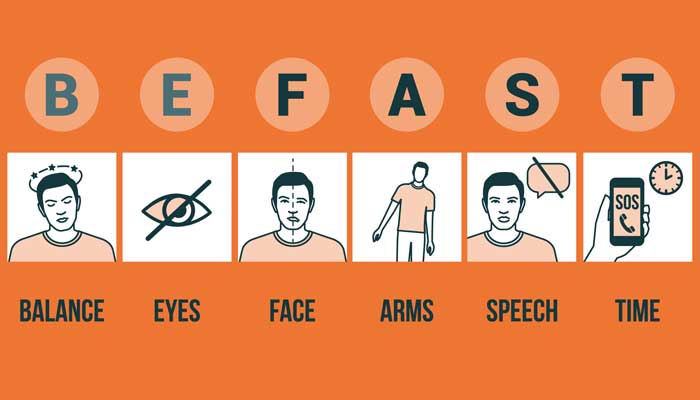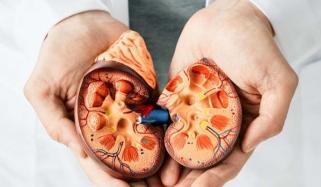
Stroke is the leading cause of death by cardiovascular disease in the US, with million of people worldwide affected with serious long-term disability.
To mark the American Heart Month, which is February, the American Heart Association encourages people to focus on their cardiovascular health, which includes stroke prevention.
Stroke can happen when either blood supply to brain is blocked or when an artery burst, which causes bleeding in the brain.
Depending on the part of the brain they affect, the individual can experience permanent neurological deficits such as the ability to speak, walk or move their arms.
The major risk factors for stroke include medical conditions such as high blood pressure, high cholesterol and obesity.
It also caused by some poor lifestyle habits, such as increase in the use of Tobacco, low physical activity and diets high in fats and cholesterol.
To recognise the signs of the stroke, a helpful acronym BE FAST should always be kept in mind.
Here's what BE FAST stands for and how it can help with the stroke signs:
B: Balance, if the person is having trouble staying on their feet.
E: Eyes, of the person is experiencing double or blurry vision.
F: Face, if the person is having a facial droop.
A: Arm, if one arm appears weaker than the other.
S: Speech, if the person is having slurred speech or difficulty choosing words.
T: Time, emphasising that this is an emergency, Call 911 immediately.
To keep the chances of stroke low, one needs to keep their diabetes and high blood pressure in check, with some lifestyle tweaks including exercising, eating less saturated fat and stopping smoking and excessive drinking















